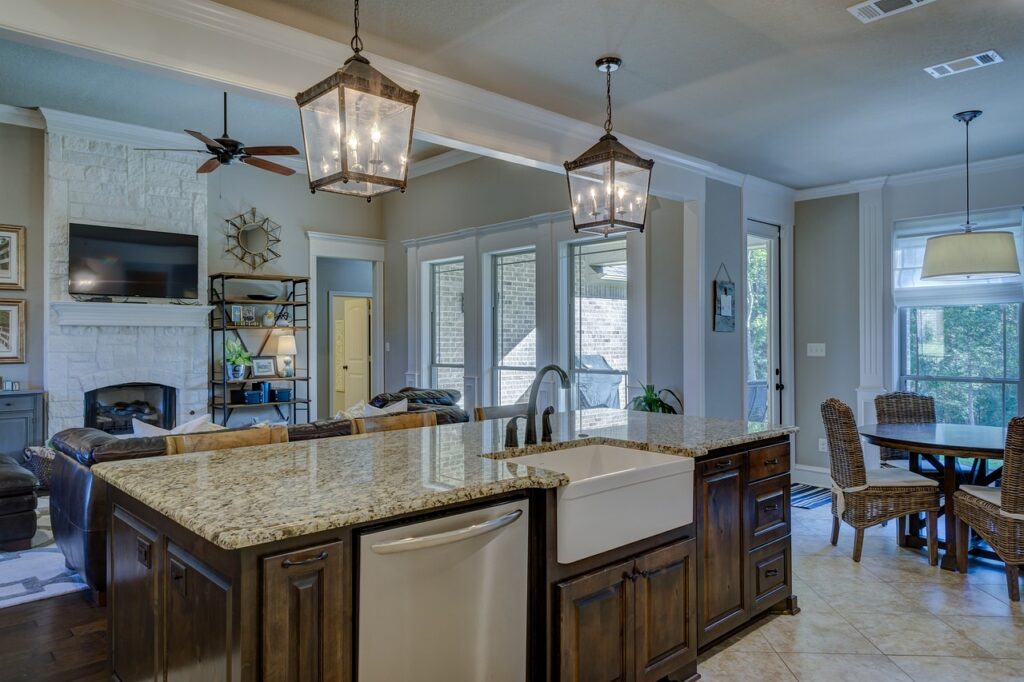In recent years, tiny homes have captured the imagination of people worldwide. More than just a trend, these compact dwellings symbolize a movement toward sustainability, simplicity, and intentional living. For those considering downsizing or embracing a minimalist lifestyle, tiny homes offer a unique opportunity to live large within a smaller footprint.
This article explores the benefits of tiny homes, their growing popularity, and how they are reshaping modern housing.
What Are Tiny Homes?
A tiny home is a compact, fully functional living space typically ranging from 100 to 400 square feet. Designed with efficiency and sustainability in mind, these homes maximize every inch of space without sacrificing comfort or style.
Tiny homes come in various forms, including:
– Mobile Tiny Homes: Built on trailers, allowing flexibility to move anywhere.
– Stationary Tiny Homes: Fixed to a specific location, resembling traditional houses in design and utility.
– Prefab Tiny Homes: Manufactured in factories and assembled on-site, making them a cost-effective solution.
Why Are Tiny Homes Gaining Popularity?
1. Environmental Benefits
Tiny homes significantly reduce the ecological footprint. They require fewer building materials, consume less energy, and often incorporate renewable energy sources like solar panels.
2. Affordability
The rising costs of traditional housing have made homeownership unattainable for many. Tiny homes offer a budget-friendly alternative, with prices significantly lower than standard houses.
3. Flexibility and Mobility
Mobile tiny homes provide the freedom to travel while maintaining the comforts of home. For those with a nomadic spirit, this lifestyle enables exploration without compromising stability.
4. Simplified Living
Living in a tiny home encourages decluttering and focusing on what truly matters. By prioritizing essentials, tiny homeowners often experience less stress and greater satisfaction.
5. Community Connection
The tiny home movement fosters a sense of community. Many tiny homeowners participate in gatherings, workshops, and forums to share experiences and ideas, creating strong bonds with like-minded individuals.
Designing Your Dream Tiny Home
The beauty of tiny homes lies in their customizability.
From minimalist aesthetics to modern luxury, there are endless possibilities for designing a space that reflects your personality and needs.
1. Maximizing Space
Every square foot matters in a tiny home. Built-in furniture, multifunctional items, and creative storage solutions ensure no space is wasted.
2. Incorporating Eco-Friendly Features
Sustainability is at the heart of the tiny home movement. Features such as energy-efficient appliances, LED lighting, and rainwater harvesting systems contribute to a greener lifestyle.
3. Personal Touches
From bold colors to intricate woodwork, tiny homes allow for personalization. Many owners add artistic touches like murals, unique lighting, or custom cabinetry to make their space truly one of a kind.
Challenges of Tiny Living
While tiny homes offer numerous benefits, transitioning to this lifestyle isn’t without challenges.
1. Zoning Laws and Regulations
Local building codes and zoning laws can make finding a permanent spot for a tiny home difficult. Prospective owners should research regulations in their desired area to ensure compliance.
2. Limited Space
Adapting to a smaller living space may take time, especially for those accustomed to larger homes. It requires careful planning and a commitment to minimalism.
3. Utility Connections
For stationary tiny homes, connecting to utilities like water, electricity, and sewage can be a logistical challenge. Mobile homeowners may need alternative solutions such as solar power and composting systems.
Tips for Transitioning to Tiny Living
1. Start Small
Downsize gradually by decluttering your current space. Donate or sell items you no longer need to simplify your life.
2. Plan Thoroughly
Consider your lifestyle needs and prioritize functionality when designing your tiny home. Think about storage, kitchen space, and how you’ll entertain guests.
3. Embrace Minimalism
Focus on quality over quantity. Invest in versatile, durable items that serve multiple purposes.
4. Join the Community
Connect with other tiny home enthusiasts to gain insights and advice. Online forums and local events can provide valuable resources and inspiration.
The Future of Tiny Homes
As urban areas continue to grow and environmental concerns become more pressing, tiny homes are poised to play a significant role in the future of housing. They offer a practical solution to housing shortages, reduce environmental impact, and promote a lifestyle centered on sustainability and intentionality.
Whether you’re looking for a permanent residence, a vacation retreat, or a way to embrace minimalism, tiny homes provide an innovative and fulfilling way to live.
Conclusion
Tiny homes are more than just a housing option—they represent a shift in values toward sustainability, freedom, and simplicity. By adopting this lifestyle, individuals can enjoy financial independence, reduced stress, and a deeper connection to the world around them.
If you’re ready to explore the possibilities of tiny living, there’s never been a better time to take the plunge. Design your dream tiny home, simplify your life, and experience the joys of living large in a small space.






